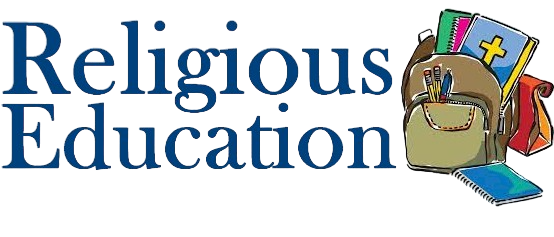
Term 3: Islam – Milad un Nabi
Milad un Nabi actually occurs in the month of September and is known as the Prophet’s Birthday. The festival of Milad un Nabi commemorates the birth of the Prophet Muhammad. During the festival, Muslims hear stories of Muhammad’s life, visit the mosque, sing songs, share a meal with family and give to those in need. However, Milad un Nabi is not celebrated by all Muslims. There is no evidence that Muhammad celebrated his birthday, so many Muslims don’t celebrate birthdays either. We will start by celebrating a birthday of someone in school. We will learn geographical information about Saudi Arabia and learn what life could have been like for the young Muhammad. Furthermore, we will learn about the life of Muhammad and his characteristics that caused him to be chosen as a prophet by Allah. Throughout the term we will notice and respond sensitively to some similarities between different religions and world views.
The key themes we will consider an examine are: honesty; to be trustworthy; and what makes a good leader?
For the key words and vocabulary associated with this topic, please view our “Milad un Nabi Glossary”.
Term 4: Judaism – Purim
The festival of Purim occurs within the month of March. It is a lively festival that commemorates the strength of the Jewish people. Practising Jews wear costumes and visit the synagogue to listen to the story of Queen Esther who prevented Haman, her husband’s servant, from killing the Jewish people. After attending the synagogue, families and friends gather together to eat, dance and exchange gifts. We will begin our learning by making Purim graggers to create celebratory noises when listening to stories from the Torah. Through story and role play we will learn the significance of story of Esther. Children will then be supported to re-enact the story of “The Queen Who Saved Her People” by Tilda Balsley. At the end of the term we will learn that giving a gift to at least one person during Purim is called Mishloach Manot. It is a mitzvah (rule) of Judaism. Jews give inexpensive gifts including two foods, such as hamantaschen, sweets, fruit, nuts or bread to make sure that everyone has enough food for the Purim celebrations. The gifts are delivered after hearing the story of Esther. Many Purim gifts are presented in baskets. Children will be given the opportunity to make a variety of biscuits and sweets. They will choose, wrap and label their gifts in a homemade basket and give to another class. We will then reflect on how the act of giving felt.
The key themes we will consider and examine are: celebration; the story of Queen Esther; and recognise some different symbols and actions, which express a community’s way of life,
For the key words and vocabulary associated with this topic, please view our “Purim Glossary”.